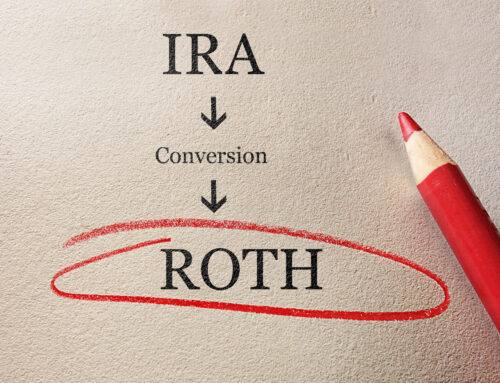Tax-loss harvesting is a powerful strategy that allows investors to convert investment losses into tax deductions while maintaining their overall portfolio balance. By strategically selling underperforming investments in taxable (non-retirement) accounts, you can offset capital gains and reduce your tax liability. This approach is particularly useful for minimizing short-term capital gains (from assets held for less than 12 months), which are taxed at higher rates than long-term gains.
How Tax Loss Harvesting Works
- Sell Losing Investments: Identify investments that have declined in value and sell them to realize a loss.
- Offset Gains: Use these losses to offset gains from other investments sold at a profit.
- Reinvest Strategically: To maintain your portfolio’s desired balance, reinvest in similar—but not identical—investments.
Beware of the Wash-Sale Rule
To successfully execute this strategy, you must comply with the IRS wash-sale rule, which prohibits buying the same or a “substantially identical” security within 30 days before or after selling the original security. Violating this rule disallows the loss, potentially negating the tax benefits. However, purchasing securities within the same industry or investing in different ETFs or mutual funds can be a compliant alternative.
Who Benefits Most from Tax-Loss Harvesting?
Tax-loss harvesting is typically most beneficial for individuals in higher tax brackets where capital gains taxes can be substantial. Even if you don’t have gains to offset, you can use up to $3,000 of capital losses annually to offset ordinary income. Any remaining losses can be carried forward indefinitely to reduce future taxable income.
Good to Know
If you’ve purchased the same security multiple times at different prices, calculating your cost basis can be more complex. Be sure to track these purchases accurately to maximize your tax benefits.


























